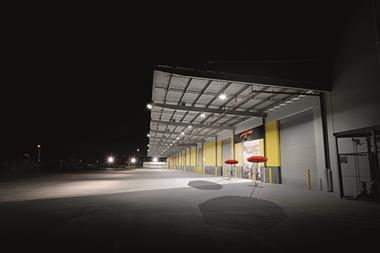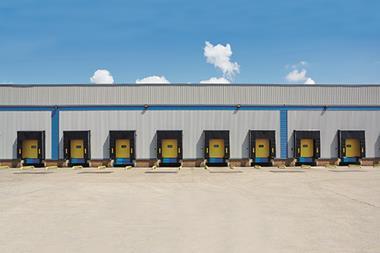The industrial and logistics sector is going great guns - and it has not gone unnoticed by investors and developers.

Some have restructured their portfolios to be weighted more heavily towards sheds.
More will no doubt follow suit. As Ekaterina Avdonina of Delin Capital Asset Management says: if retail and online sales grow at a steady rate of 3% to 5% over the next decade, we are currently only on “day one of logistics growth”.
While the opportunity is great, so are the challenges, not least how to deliver the supply required when there is so much competition for sites from other sectors, notably residential.
Cue the neat solution of ‘sheds and beds’. Pioneering the concept is a joint venture between SEGRO and Barratt London in Hayes, which will see 230,000 sq ft of logistics space and 1,200 new affordable homes built on the same site. With councils under pressure to facilitate the delivery of both housing and employment space, many will be hoping more such collaborations materialise.

Anything that accelerates the delivery of new space is to be welcomed when the supply/demand balance remains so off kilter. The shortage is being exacerbated by a significant fall in speculative development, which was down 39% last year on 2015 and has dipped further still this year. Consolidation centres, which are expected to become a planning requirement for large offices in London and other major cities, only ramp up the competition for space even further.
The good news is that the likes of M&G are working hard to come up with innovative solutions to the space shortage. In fact, the whole sector seems to be alive to the need for disruptive new concepts - and a good thing too, as without them it will struggle to maintain its recent strong growth.





























No comments yet